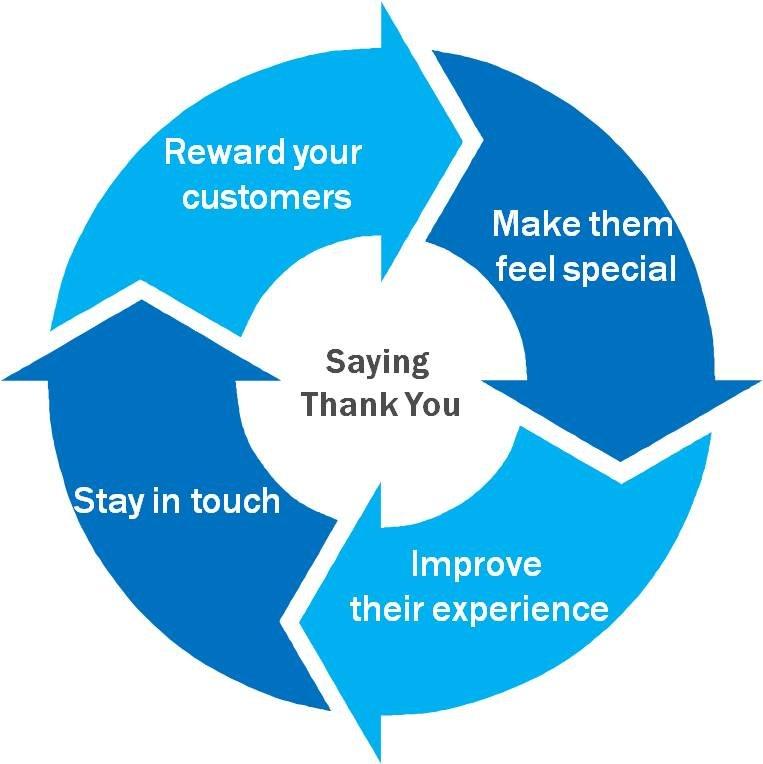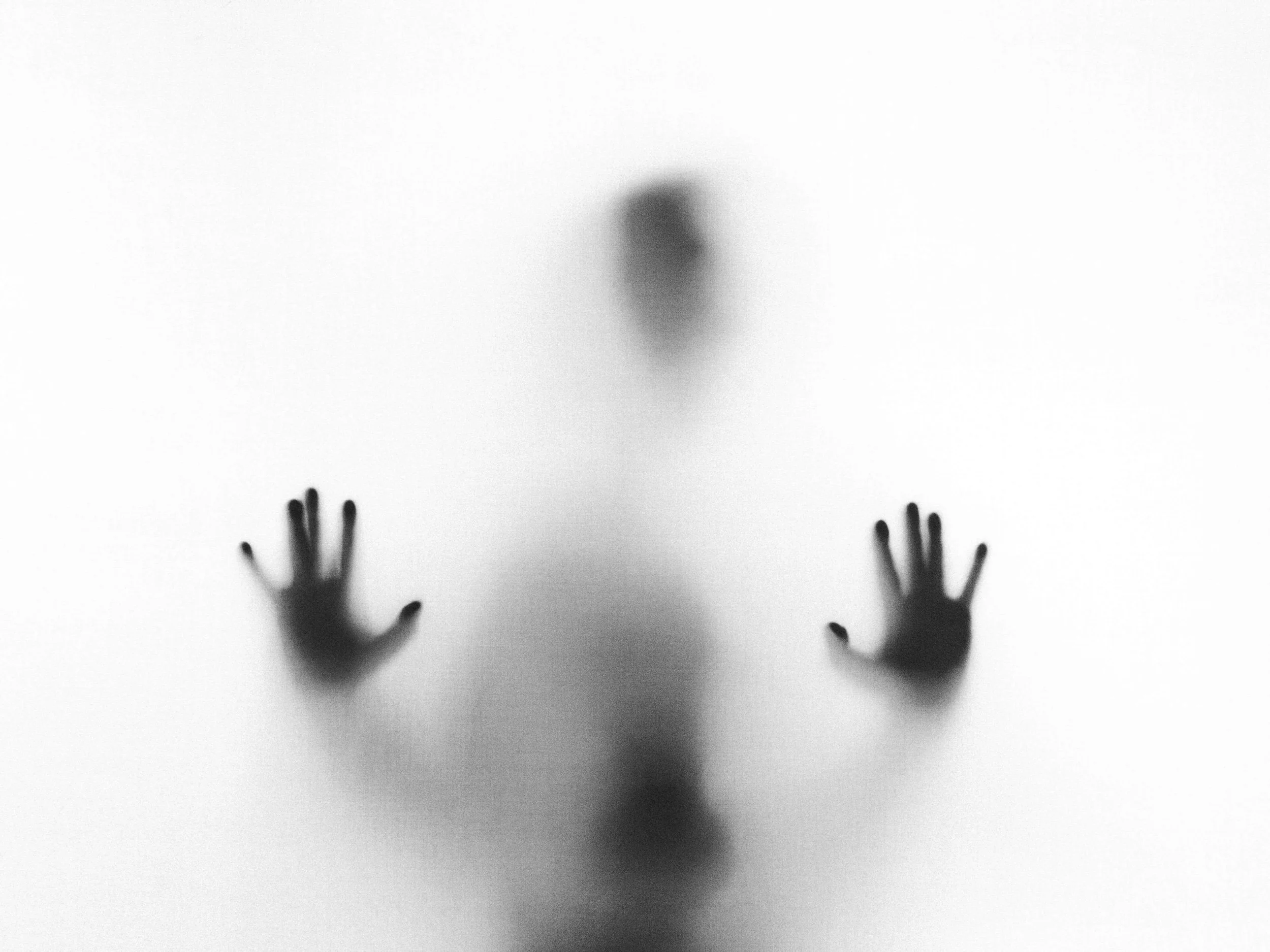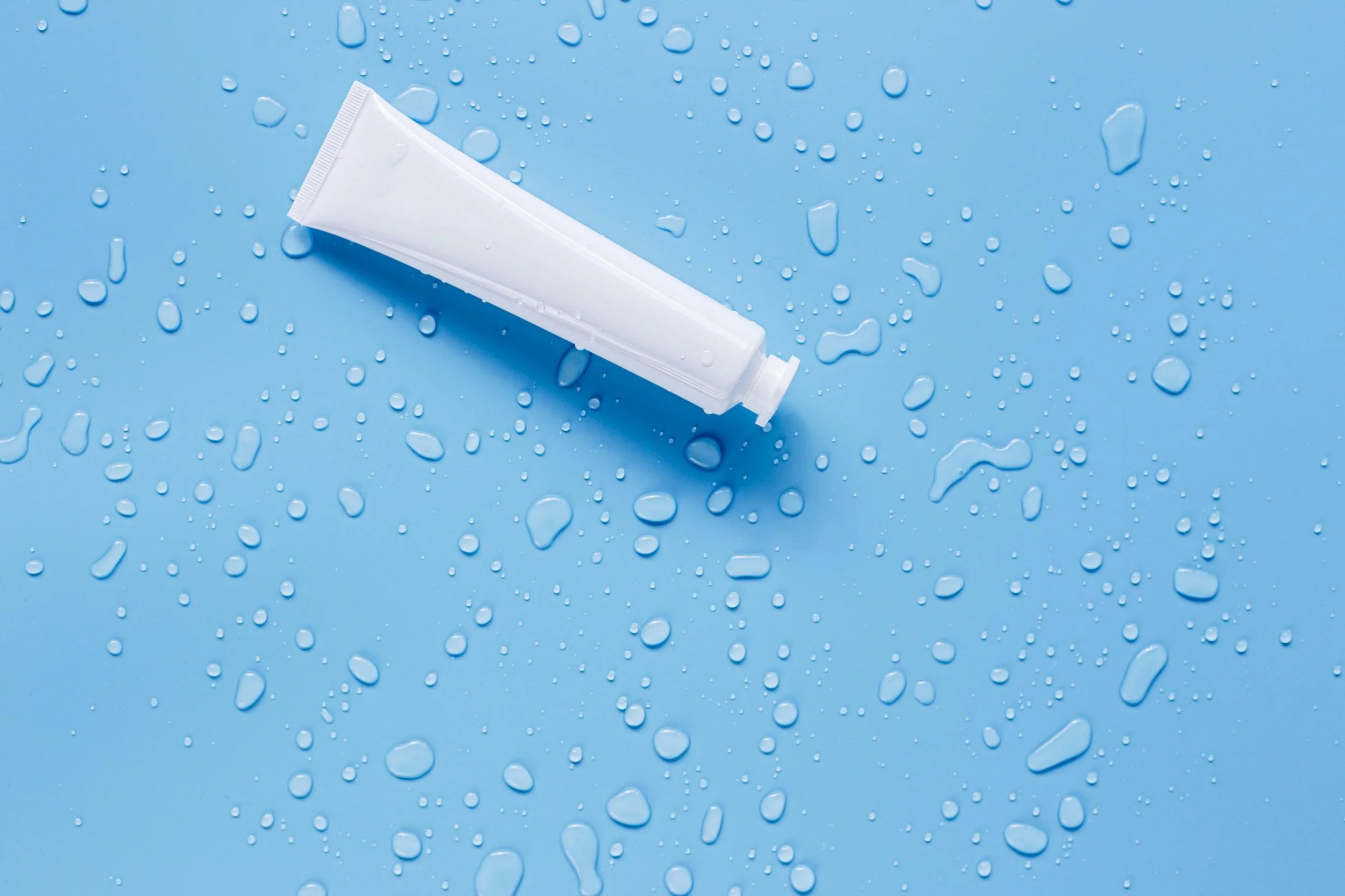The True Foundation Of Loyalty Marketing...
Loyalty marketing.
It's very tempting to see it as a numbers game. After all, the economics have been quantified, and loyalty programs seem ever-more focused on rewards, incentives, and promotions.
But really, it's about people.
(To Engage Your Customers, Be Human...)
In a world with more and more choices, all vying for attention, a customer has chosen you. What could be more important, or more natural, than saying thank you in return?
Rather than economics, this is the true foundation of loyalty marketing.
I've always followed 4 simple steps to do this.
1. Reward your customers.
This is the most obvious way to show your appreciation. And it can be very powerful, if it's a simple thank you. Take Tesco's Clubcard, one of the world's leading loyalty programs, as an example.
Introduced in 1994, it offered a point for every $ spent. After 13 weeks, all the points were converted into cash (100 points = $1), and sent through the mail as a voucher to spend in Tesco, along with a thank you letter.
It was simple: the more you spent, the bigger the thank you. It was fair: everybody still paid the same prices. And it was unconditional: the voucher could be redeemed on anything you wanted.
Tesco got a sales and retention benefit, as customers spent a bit more, and stayed with them longer. And customers felt appreciated, seeing it as another example of Tesco caring that bit more, and living the Every Little Helps philosophy that flowed through the brand.
However, in the US, I've heard many customers complain about being forced to carry supermarket cards, just to get half-decent prices. Instead of feeling appreciated, they've ended up feeling manipulated.
The difference comes down to conditionality. To show appreciation, the reward needs to be unconditional, a simple thank you, with no strings attached.
2. Make them feel special.
People are primarily emotional beings, so alongside financial rewards, why not make your customers feel special?
Many programs do this, by offering tiered rewards, particularly in the travel industry. An unexpected gift simply for being a loyal customer can also go a long way. Or you can look for inspiration from such celebrities as Taylor Swift and Lady Gaga.
Taylor Swift, for example, held a T Party event after each show when she was on tour. Her crew would invite the craziest fans in the crowd to the party, and she hung out with them and signed autographs.
Lady Gaga gave her fans a name "Little Monsters", wrote a manifesto for them, and built a digital space for them to hang out.
In contrast, simply signing up customers for a Rewards program just doesn't evoke the same feelings.
3. Improve their experience.
Over time we get to know someone better, so why not use that knowledge to improve their experience with you?
Many programs provide bonus coupons based on a customer's purchase history. But to improve a customer's experience, leading programs ensure they're mainly for products that the customer actually buys. Otherwise, rather than showing appreciation, it just comes across as selling.
You can also make the experience easier.
Safeway's JustforU program, for example, highlights which of their promotions and which manufacturer coupons a customer might be interested in, based on their purchase history. Amazon and Netflix use what they've learnt to recommend products or content a customer might find interesting. While Apple's iTunes uses it to ensure you don't accidentally buy a product you've previously downloaded.
By improving their experience, you show your appreciation, and give customers more reason to share their data with you.
4. Stay in touch.
It's such a fast-paced world, but we stay in touch with people we care about, even if we can't always meet up with them. So why not do the same with your customers?
This used to be difficult when phone or direct mail were the main options, but digital has transformed that today. You can contact people every minute of the day, at a fraction of the cost.
However, no one will thank you if all you do is add to a torrent of mass communication by frequent emailing or notifications.
Rather, communication needs to be personalised, to make it relevant, and timely. To do this, I've found it best to enable customers to express their preferences, and then to combine these with what you've learnt about them.
That way, your communication will be welcomed.
Saying thank you.
It may sound a far cry from the language of loyalty economics. Yet done well, it earns you the right to unlock those very economics.
(Maximizing The Benefit From Customer Loyalty...)
Your customers will thank you for feeling appreciated. As a result, the benefits of loyalty will be more likely to flow.
In a hyper-competitive world, what could be more important...
...or more human?






